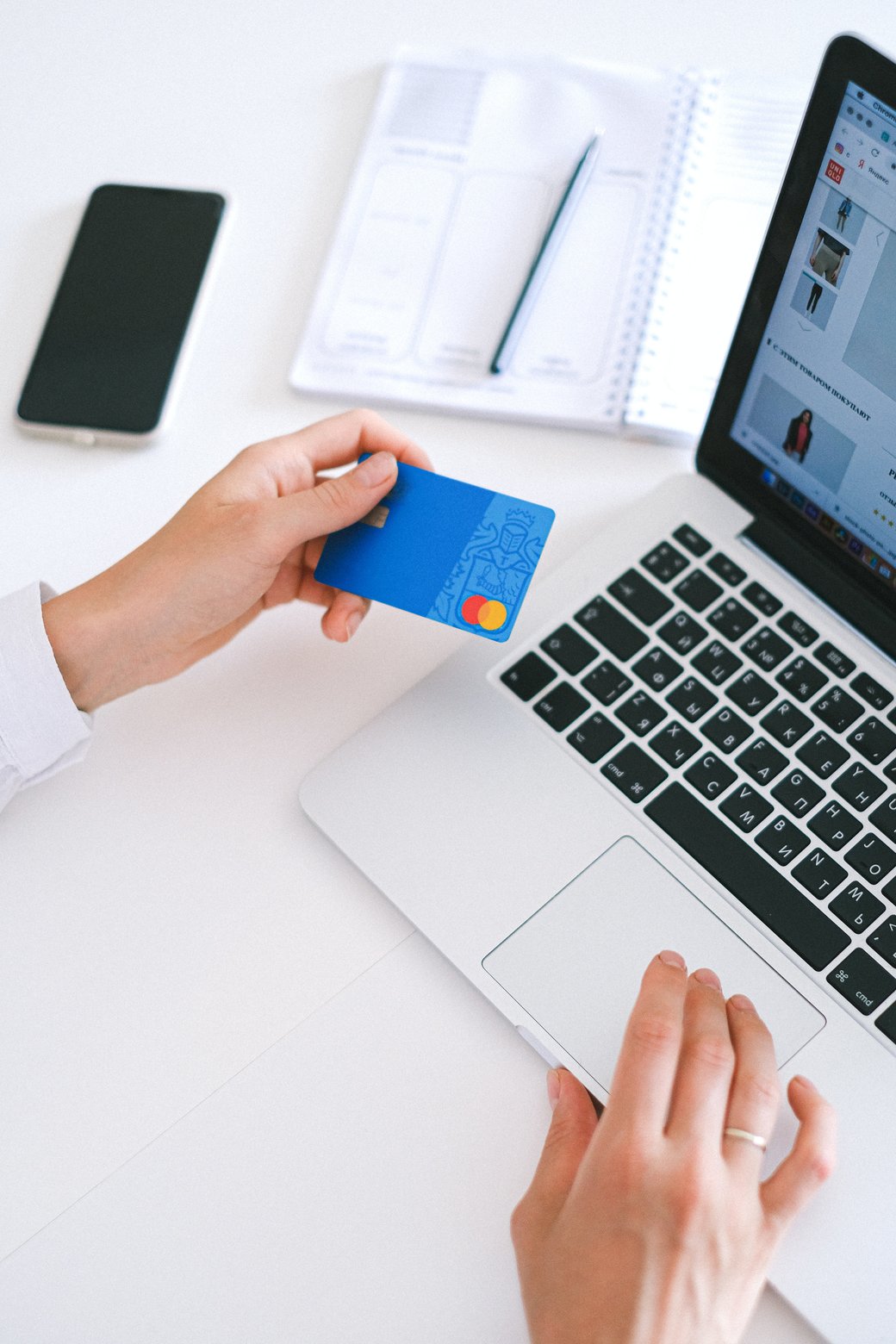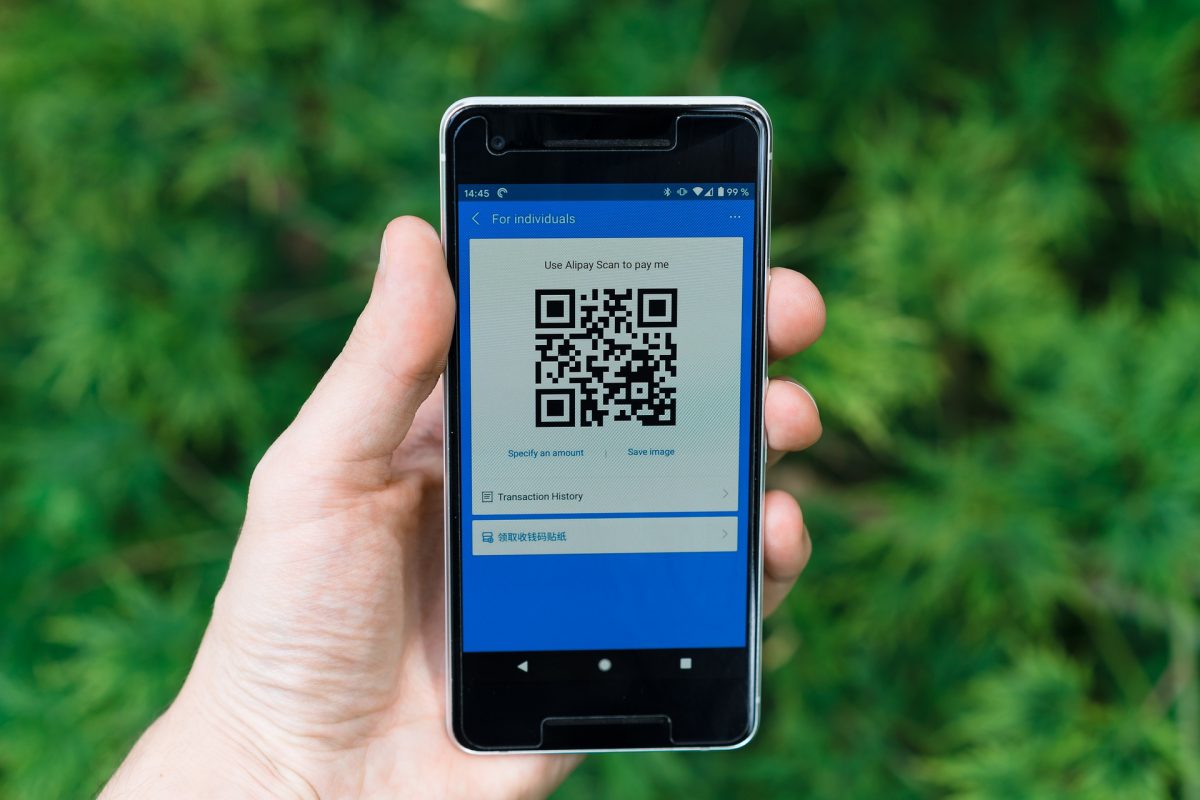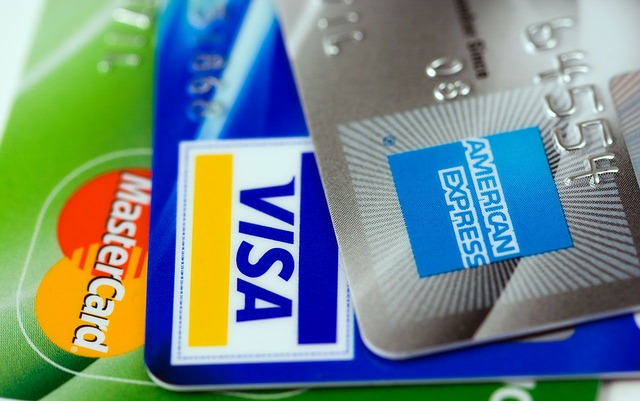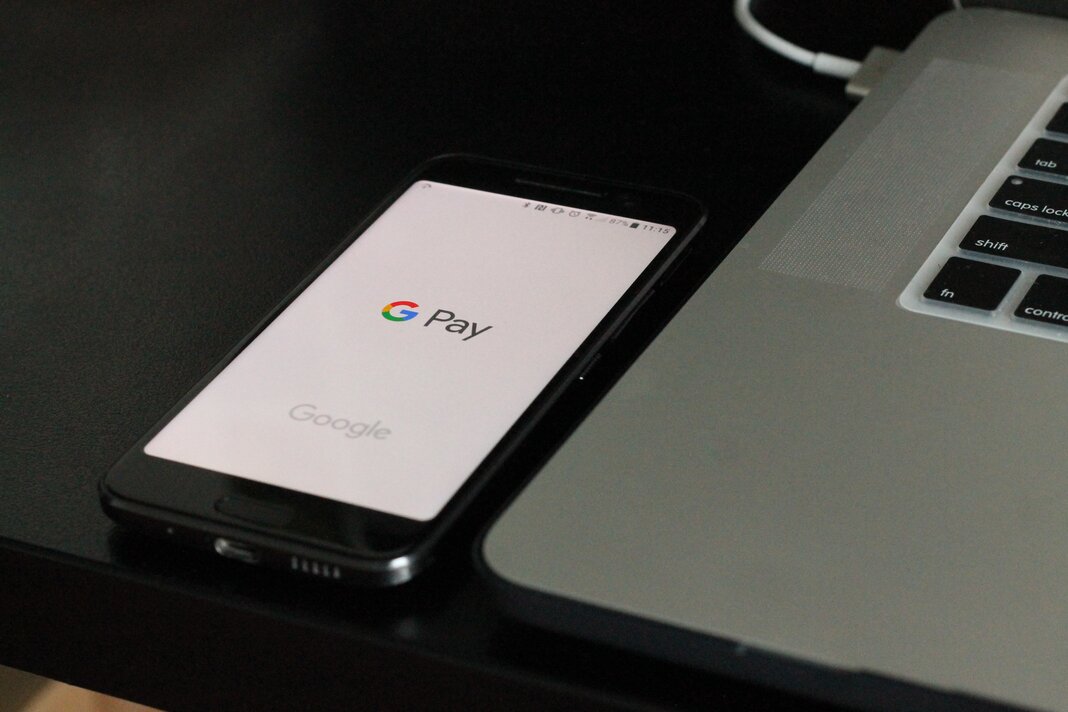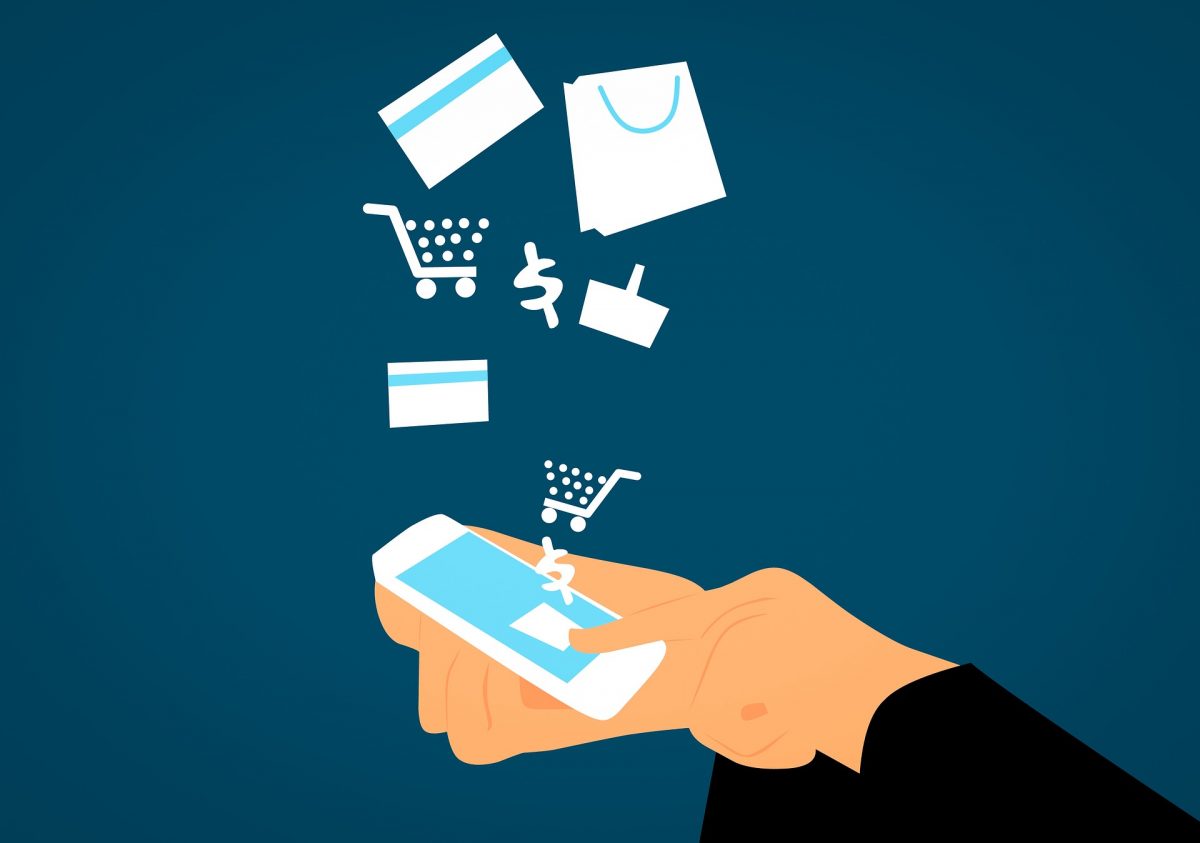Countries operate in preferences, and the very same applies to payment methods. In the charming country of Austria, customers expect to pay through the EPS, which is a local online transfer payment method. Developed by Austrian banks and the government, EPS is an authenticated bank debit that allows immediate and secure payments. With over 2.5 million Austrian bank account holders, turning EPS down as a payment method can be detrimental to your business venture.
Customers are able to choose EPS as their preferred method of payment during checkout, then selecting their bank. They will then be asked to login their details, promoting them to authorize the payment before crediting to your business account.
If you wish to enter the Austrian business landscape, adopting the EPS payment method is a must. Dominating a market share of a whopping 18%, 80% of online businesses in Austria make sure that they offer the payment method—without it, your customers will be unlikely to trust your brand.
If you wish to learn how to win over Austrian trust and engagement, here’s a quick guide for you:
How will it work for my business and future Austrian customers?
Step 1: Once your customers are satisfied with the items in their cart, they will checkout on the website. Stripe will then allow them to choose EPS as their preferred method of payment, compelling them to continue the transaction.
Step 2: As they get redirected to the EPS page, they will be asked to choose their bank on a highly secured page. Account credentials will then be inputted into the interface, to be then authorized using a scanner or SMS.
Step 3: Once the account details have been verified, the customer will receive a message informing them that the payment has been completed. Funds will be transferred to your business account, and your move to ship out the item will be the next step.
How are disputed payments and refunds resolved?
Given the nature of EPS, the risk of unrecognized payments or fraud is low. Customers are asked to authenticate the payment with their respective brands, meaning that you will not have to deal with disputes turning into chargebacks—your Stripe account will remain untouched. For refunds, on the other hand, EPS allows customers up to 180 days after the payment date.
What advantages will I be able to enjoy?
The advantages of the EPS payment method for the customers are undeniable, but what kind of privileges will you enjoy as a business?
For one, you’ll be able to enjoy a real-time online payment method. This means that you’re offering unparalleled convenience to customers, all without the risk of returns and disputes. You’ll also be able to enjoy the advantages of offering a trust local payment solution, which is exactly the prompt you need to increase sales.
Payments initiated cannot be reversed by the bank, and your Stripe business account will remain intact. Customers are also automatically enrolled, saving you the trouble of conducting registrations.
Need the Help of A Hosted Payment Page?
The modern marketplace is highly competitive. With so many merchants and entrepreneurs in the space, it can be difficult to win over new customers, especially in a new target audience. It’s therefore vitally important that you know exactly what compels prospective customers to trust your brand. In more ways than one, simply offering their most preferred payment method can do wonders for your business venture.
To discover payment methods to try, Payment Page is ready to help! Offering a payment page builder integrated with Stripe, we’ll help your business soar into new heights. Dedicated to helping entrepreneurs diversify their business operations, we’re exactly what you need for continuous growth, security, and reliability. To learn more, reach out to us today!

